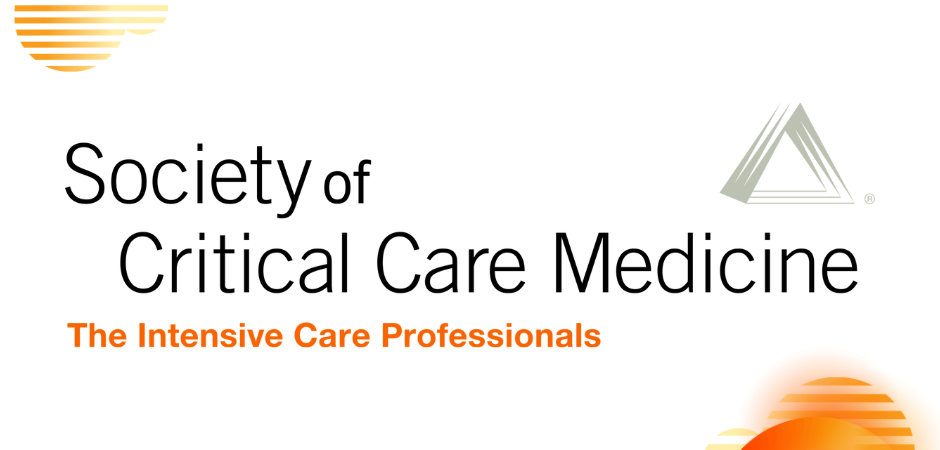Saini et al (J Pediatr. 2019;209:212-219.e1) sought to evaluate the clinical outcomes in pediatric patients receiving unfractionated heparin while being monitored using anti-factor Xa and to determine the correlation between anti-factor Xa, heparin, and activated partial thromboplastin time.
The incidence of thromboembolism in hospitalized children, although still lower than that in adults, has been increasing (
Raffini et al. Pediatrics. 2009;124:1001-1008). Unfractionated heparin (UFH) remains the best-known and most widely used anticoagulant, particularly in critically ill children. UFH exerts its primary anticoagulant activity by inhibition of thrombin after binding to antithrombin 3 and thrombin via at least 18 saccharides. However, smaller heparin fragments may also bind antithrombin 3 to inhibit factor Xa, thereby preventing coagulation (
Hirsh et al. Arterioscler Thromb Vasc Biol. 2001;21:1094-1096). Because of unstable pharmacokinetics, activated partial thromboplastin time (aPTT) and timeliness of dose adjustments must be monitored frequently to prevent bleeding.
The aPTT, however, may not be an accurate measure of the amount of UFH present because it is affected by levels of other coagulation and inhibitor proteins, and different aPTT reagents can lead to clinically relevant variations (
Arachchillage et al. Thromb Res. 2017;157:157-161). The anti-factor Xa heparin assay is a more direct measure of heparin level and is not subject to the problems seen with the aPTT. Saini et al (
J Pediatr. 2019;209:212-219.e1) sought to determine the correlation between anti-factor Xa and aPTT and to evaluate the clinical outcomes in pediatric patients receiving UFH while being monitored using anti-factor Xa.
This was a single-center observational study of hospitalized pediatric patients aged 21 years and younger who received continuous infusions of UFH. Excluded patients were those who received heparin for anticoagulation of mechanical circuits such as extracorporeal membrane oxygenation, those who received heparin for less than 24 hours, and those on other anticoagulants in addition to heparin. All patients received heparin dosing according to hospital protocol and were monitored using anti-factor Xa and aPTT levels, drawn using venipuncture or from indwelling catheters every 4 hours. Bleeding complications were followed using definitions recommended by the International Society on Thrombosis and Haemostasis. Thrombus resolution was defined using radiologic evidence.
The cohort consisted of 95 patients whose 1098 assays (anti-factor Xa and aPTT) demonstrated moderate correlation (r = 0.75; 95% CI, 0.72-0.77). This correlation improved when the samples were taken after venipuncture, compared with indwelling catheters. Forty-six percent of the anti-factor Xa levels were within the therapeutic range, while only 34% of the aPTTs were within the targeted range. Compared to the anti-factor Xa levels, the aPTT underestimated heparin activity in 9.8% of the samples and overestimated it in 55.7% of the samples.
Eleven major bleeding events occurred in 10 patients, although the authors assert that there were no significant differences between the 2 assay levels in those with bleeding compared with those without major bleeding. The authors also claim that 7.6% of the studied patients had radiologic progression of their thromboses, although laboratory findings were not mentioned other than to say that the median time to achieve therapeutic anti-factor Xa levels was 10 hours for patients whose clots resolved versus 18 hours for those whose clots did not resolve. Finally, the authors found that the median time to achieve therapeutic anti-factor Xa levels was 10 hours, with 73 patients achieving therapeutic levels within 24 hours and 91 patients achieving therapeutic levels within 48 hours. This is consistent with other studies that have demonstrated a shorter time to achieving appropriate levels of anti-factor Xa compared to aPTT.
Although this study was not designed as a head-to-head comparison of assays, it provides support for the use of anti-factor Xa levels as opposed to aPTT in patients receiving infusions of UFH since the two assays show only moderate correlation. Practitioners should be wary of the finding that aPTT frequently overestimated the heparin dose compared to anti-factor Xa, thereby potentially leading to undertreatment. Finally, although it is more costly and less widely available, the anti-factor Xa assay should be considered when other coagulant/inhibitor proteins are present, thereby making the aPTT less reliable.
Author of this installment of Concise Critical Appraisal
:
Daniel E. Sloniewsky, MD, is an associate professor in the Division of Pediatric Critical Care Medicine in the Department of Pediatrics at Stony Brook Long Island Children’s Hospital. Dr. Sloniewsky is an editor of Concise Critical Appraisal
.
